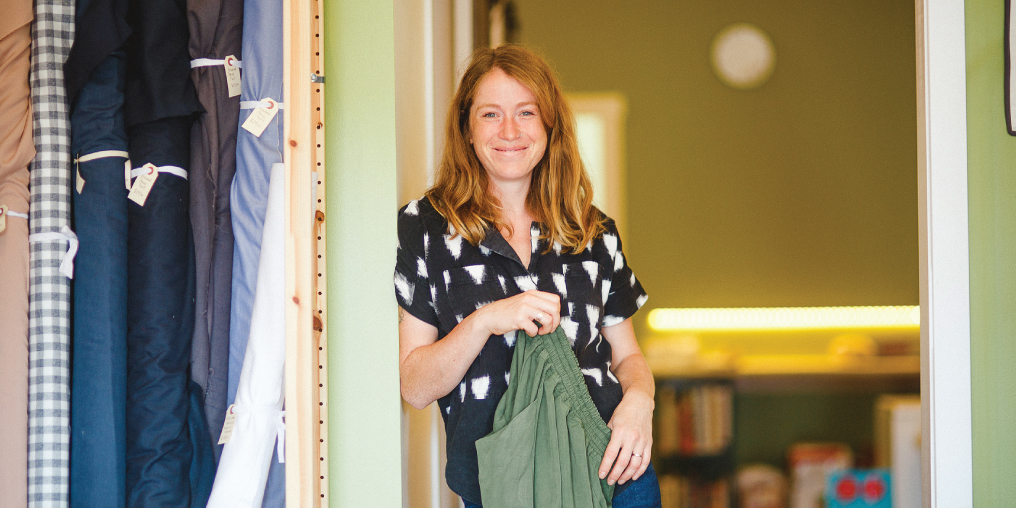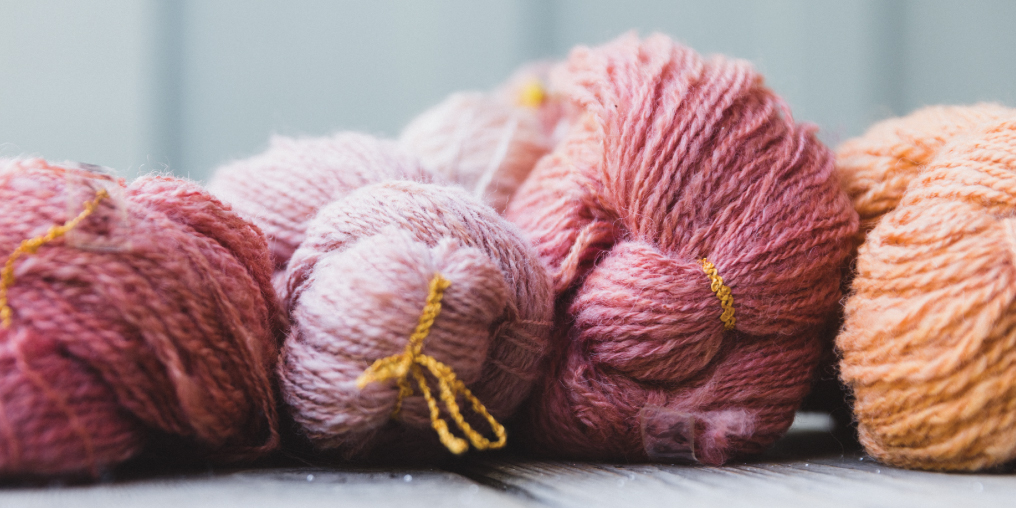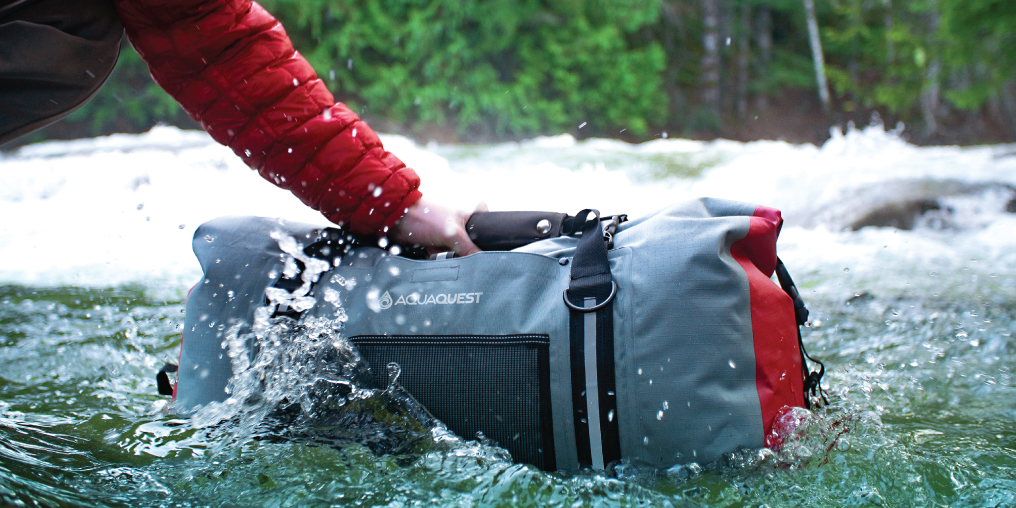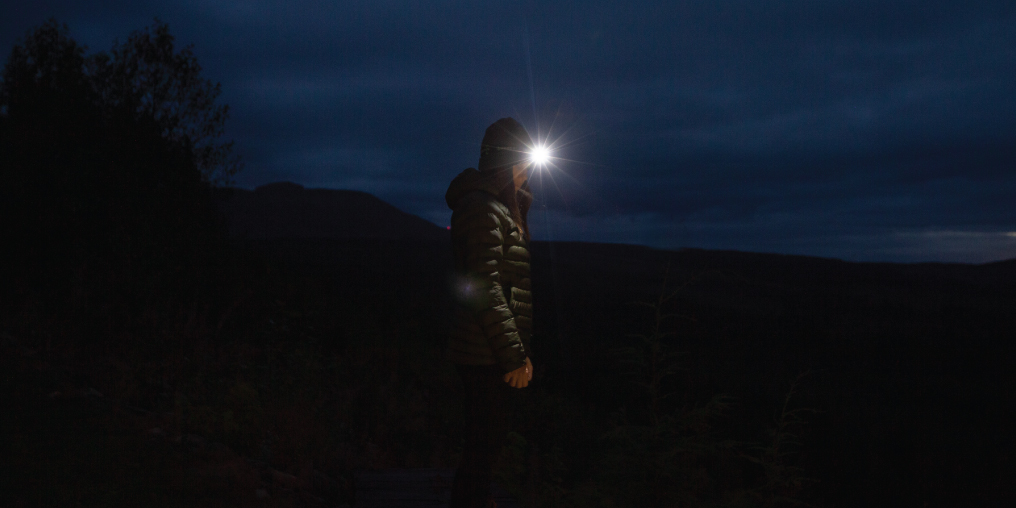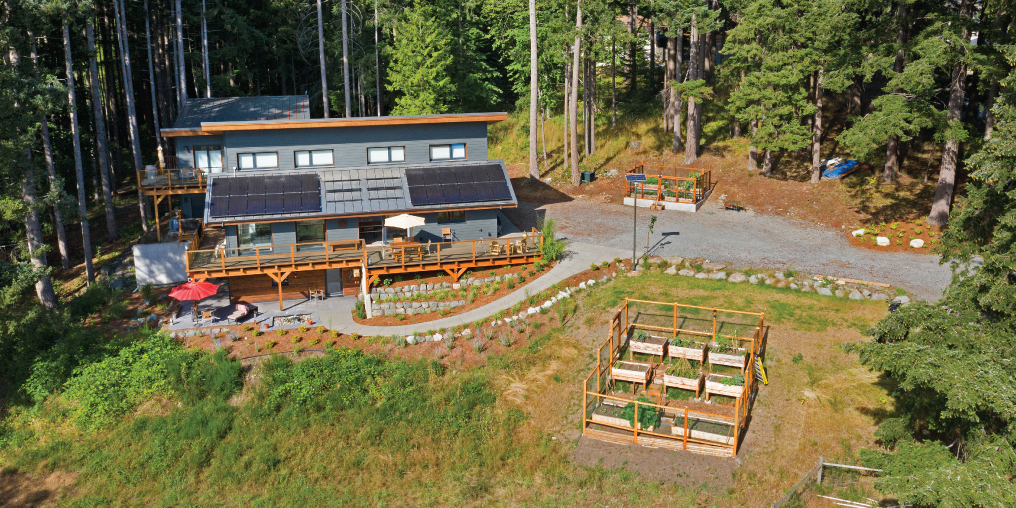As concern for our environment spreads, we’re becoming more conscious of the ripple effects of our lifestyle. Fast Fashion—the unsustainable model of clothing manufacturing and marketing—has become the global norm. Alternatively, Slow Fashion follows on the heels of the Slow Food movement—a return to a more sustainable approach to food and drink. The Comox Valley is a gorgeous hub of farmers, markets, restaurants, and food educators. A similar community exists locally to support a transition from Fast Fashion consumerism to the more conscious Slow Fashion approach.
Fibre waste and clothing manufacturing are the second worst polluters globally, after oil. These fun, cheap, and readily available trends come at a deep cost, and are part of a use-and-dispose mindset that many are willing to leave behind. Switching to a Slow Fashion mindset is a simple shift for many—owning cheap clothes made with low-quality materials is easy but not necessarily convenient. Constant consumerism can make us feel overwhelmed by our belongings. So often we buy something because it’s on sale and it fits well enough. Shifting our mindset to buying fewer, higher quality items can ultimately save money, time, and space, and make us feel happier with less.
The Comox Valley is a great place to explore Slow Fashion, and there are many concrete steps that you can start with. We have many people working locally at every stage of fibre production, and they form a cooperative and loving community. There’s never been a large-scale textile hub here like in Montreal or Toronto, so we can’t expect to see a revival of production on a similar scale, but we are fortunate to have skilled farmers raising sheep, alpaca, and rabbits for fibre. There are spinners and weavers who collaborate and share skills openly. There are many skilled dyers—one who uses local mushrooms quickly comes to mind. We have local designers, and clothes being made right here, providing employment with high-quality craftsmanship. We have many shops selling locally produced clothing, as well as clothing made in Canada. You can support these local entrepreneurs and know that they are thrilled to have their work valued and their shops supported.
My personal journey with Slow Fashion began with learning to sew an entire wardrobe, including underwear and jackets, for myself and my loved ones. I soon discovered a passion for teaching others—I’ve shared time with folks of all ages, genders, and economic backgrounds, and have witnessed how learning a new skill is a universal confidence builder. There’s a fantastic sense of community in a sewing class, where people talk about how they’ve felt in their own bodies, the creative journeys they’ve been on, and their personal joys and struggles. There are many different reasons people come to learn. Often there is a creative desire, but sometimes they are motivated by larger change. Just as often we find that folks are simply not finding clothes they love that fit their individual bodies, as the industrial model of clothing construction often assumes a single shape. I’ve been honoured to watch children learn, and to help them creatively express themselves through textiles. In turn, they encourage me to be fearless.
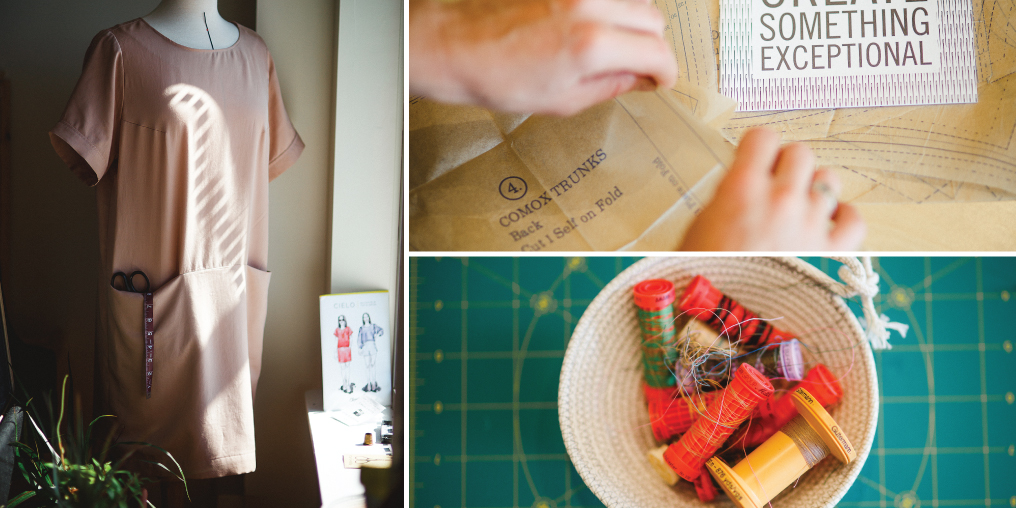
I also work with adults striving to understand the often-complex spatial puzzle of constructing a garment, how to handle a variety of fabrics, and how to choose patterns and fabrics they feel most comfortable in. It’s always gratifying to see their moments of enlightenment.
One of the best ways to appreciate the true cost of a well-constructed garment is to sew one yourself—it’s difficult to spend four dollars on a t-shirt after having spent six hours making one. It really shifts one’s perspective to acknowledge the hands that made our garments, and under what circumstance. Every single garment you see—whether in a box store or an upscale shop—is made by human hands. The production of clothes is not automated. Reducing and reusing clothes is also important. I use my space at The Spool to host clothing and fabric swaps, and host free Mend-Ins for repair. It’s a chance for people to gather and share, and makes Slow Fashion accessible to all.
I’m a full-time professional in the field, and I continue to learn every day, which keeps me engaged. Right now I am learning more about sustainable textiles, certifications in production, and how to find the highest quality fabrics with the lowest footprint—ones that won’t clog up our waters with micro-plastics. It can feel daunting to present information knowing how much more there is to learn, but I am so lucky to have found a community that supports that learning.
When we take time to make things for ourselves or our loved ones, we work in our intentions, and this adds a personal, emotional value to the objects in our lives. When we slow down and repair a garment, we value the garment, and feel pride in its longevity. When we support small-scale makers, we prompt a feeling of community, and stimulate our local economy. In a complex world, it feels great to engage in an activity that truly feels like an endeavour to benefit all.

